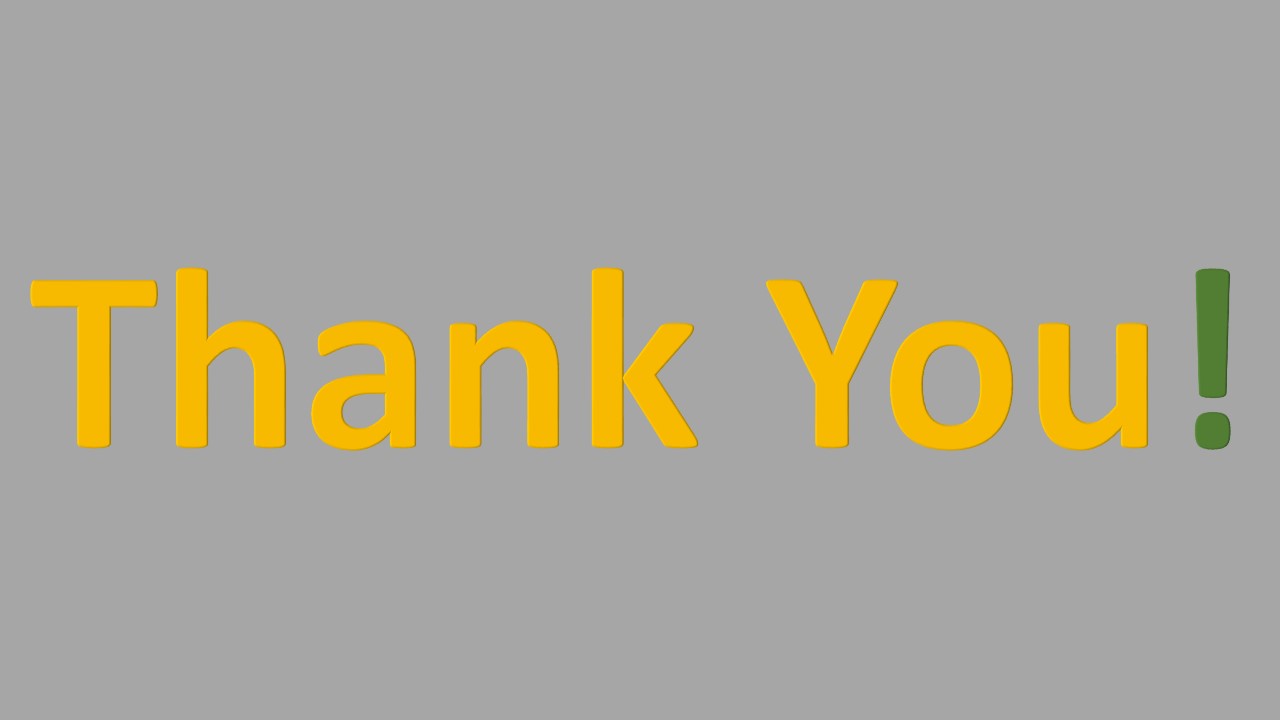Next Chapter
The Carrington Research Extension Center will say goodbye to two long-time employees at the end of 2016. We wish all the best to Dale Burr and Betty Montgomery as they begin retirement.
At the end of 2016, Dale will have been employed by NDSU for exactly 42 years. His first week plunged him into blizzard conditions, and his last month seems to be about the same. Fortunately for all of us, most of his working days were far more pleasant.
Betty has been a familiar face at the CREC as long as the main office building has been here! She began employment with NDSU when Extension staff moved on site from their prior offices at the Garrison Diversion building, in November of 1986. She took about a year off, in late 1999-2000, but has been a regular in our administrative office since then.
While Betty moved right into a new office, that process took much longer for Dale – a new office building at the Livestock Unit was constructed about one year ago. Prior to that addition, the Livestock Technicians shared a small corner of a shed as an office. It was cold in the winter and hot in the summer, the curved roof was one of the walls AND the ceiling, but at least Dale could go home at night during calving season instead of bunking on a cot.
Betty has worked with almost every kind of office equipment and media imaginable – film negatives, slide photographs, Polaroid cameras, overhead projection sleeves, mimeograph copies, computers with handset modems, 5-1/4” floppy disks and 3.5” disks. Now, wireless internet, a webcam and a headset connect LED flat screen computers to a network, a full-color printer, cloud storage and the world.
It took a while for even one computer to be installed at the livestock unit, but now every desk is fully equipped. Innovation in the yard has taken a different twist, with a major upgrade in the form of a new feed mill in 2002. The old feed mill was significantly smaller and could only mix two products at a time, while the current mill can handle four products, with supplements still added by hand. Cattle are, basically, cattle: they must be fed, every day; they give birth at all times of the day (and night); there is a lot of fencing, and equipment and our livestock crew work in all kinds of weather.
One thing is common to our newest retirees: they both agree that it’s probably a good thing that their retirement starts in the winter, when it’s easier to take a few days off and not worry about going out in the cold.
We will miss Dale and Betty, and congratulate them both on jobs well done.



